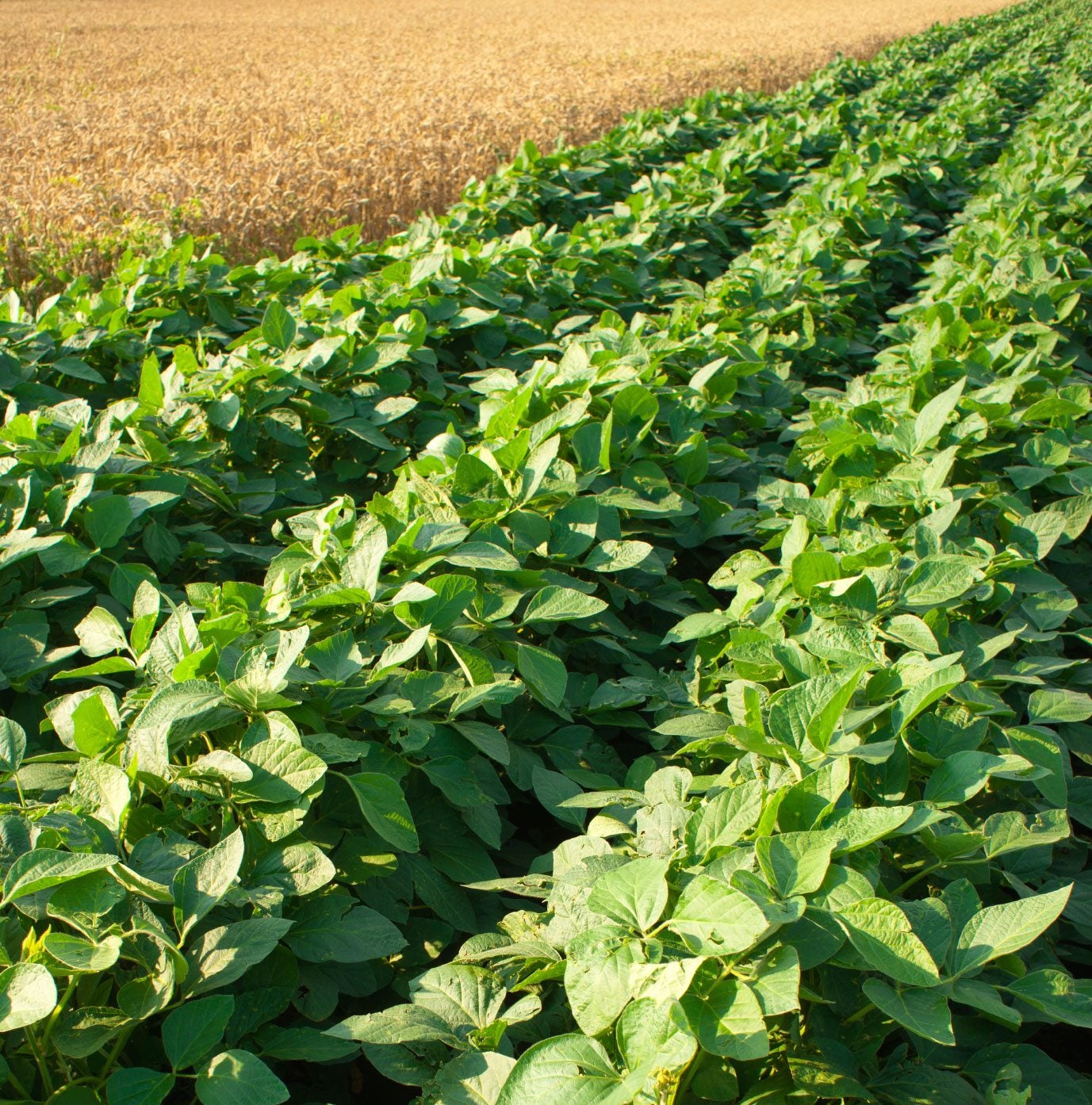Cover Crop Planting Guide: When To Plant Cover Crops


Cover crops serve a number of functions in the garden. They add organic matter, improve the soil's texture and structure, improve the fertility, help prevent erosion and attract pollinating insects. Find out about cover crop planting times in this article.
Cover Crop Planting Times
Gardeners have two options when planting cover crops. They can plant them in the fall and let them grow over winter, or they can plant them in early spring and let them grow during spring and summer. Most gardeners plant cover crops in fall and let them mature over winter - a time when they aren't usually growing vegetables. This cover crop planting guide tells you the best time for planting different types of cover crops. Choose a legume (bean or pea) if you want to improve the nitrogen content of the soil. Grains are a better choice for suppressing weeds and increasing the organic content of the soil.
Cover Crops for Fall Planting
- Field peas are hardy to 10 to 20 F. (-12 to -6 C). 'Mangus,' which grows 5 feet (1.5 m.) tall, and 'Australian Winter,' which grows about 6 inches (15 cm.) tall, are both good choices.
- Fava beans grow up to 8 feet (2.4 m.) tall and tolerate winter temperatures to -15 F. (-26 C).
- Clovers are legumes, so they also add nitrogen to the soil as they grow. Crimson clover and Berseem clover are good choices. They grow about 18 inches (45 cm.) tall and tolerate winter temperatures between 10 and 20 F (-12 and -7 C). Dutch clover is a low-growing variety that tolerates temperatures as low as -20 F. (-28 C).
- Oats don't produce as much organic matter as other grains, but tolerates wet soil. It is good for temperatures down to 15 F. (-9 C)
- Barley tolerates temperatures down to 0 F/-17 C. It tolerates salty or dry soil, but not acidic soil.
- Annual ryegrass absorbs excess nitrogen from the soil. It tolerates temperatures to -20 F (-29 C).
Cover Crops to Plant in Late Winter or Early Spring
- Cowpeas need to remain in the garden 60 to 90 days to produce the maximum amount of nitrogen and organic matter. The plants tolerate dry conditions.
- Soybeans add nitrogen to the soil and compete well with summer weeds. Look for late maturing varieties to get the maximum nitrogen production and organic matter.
- Buckwheat matures quickly, and you can grow it to maturity between your spring and fall vegetables. It decomposes quickly when tilled into the garden soil.
Cover Crop Planting Dates
September is a good time to plant fall cover crops that will remain in the garden over the winter, although you can plant them later in mild climates. If you want to grow cover crops in spring and summer, you can plant them anytime after the soil warms enough to work and up until midsummer. In hot climates, choose the earliest possible planting time for the species. You should go beyond the general guidelines about when to plant cover crops to determine the cover crop planting dates. Consider the temperature requirements of the individual crops, as well as the planting date of the plants you intend to grow after the cover crop.
Sign up for the Gardening Know How newsletter today and receive a free copy of our e-book "How to Grow Delicious Tomatoes".

Jackie Carroll has written over 500 articles for Gardening Know How on a wide range of topics.